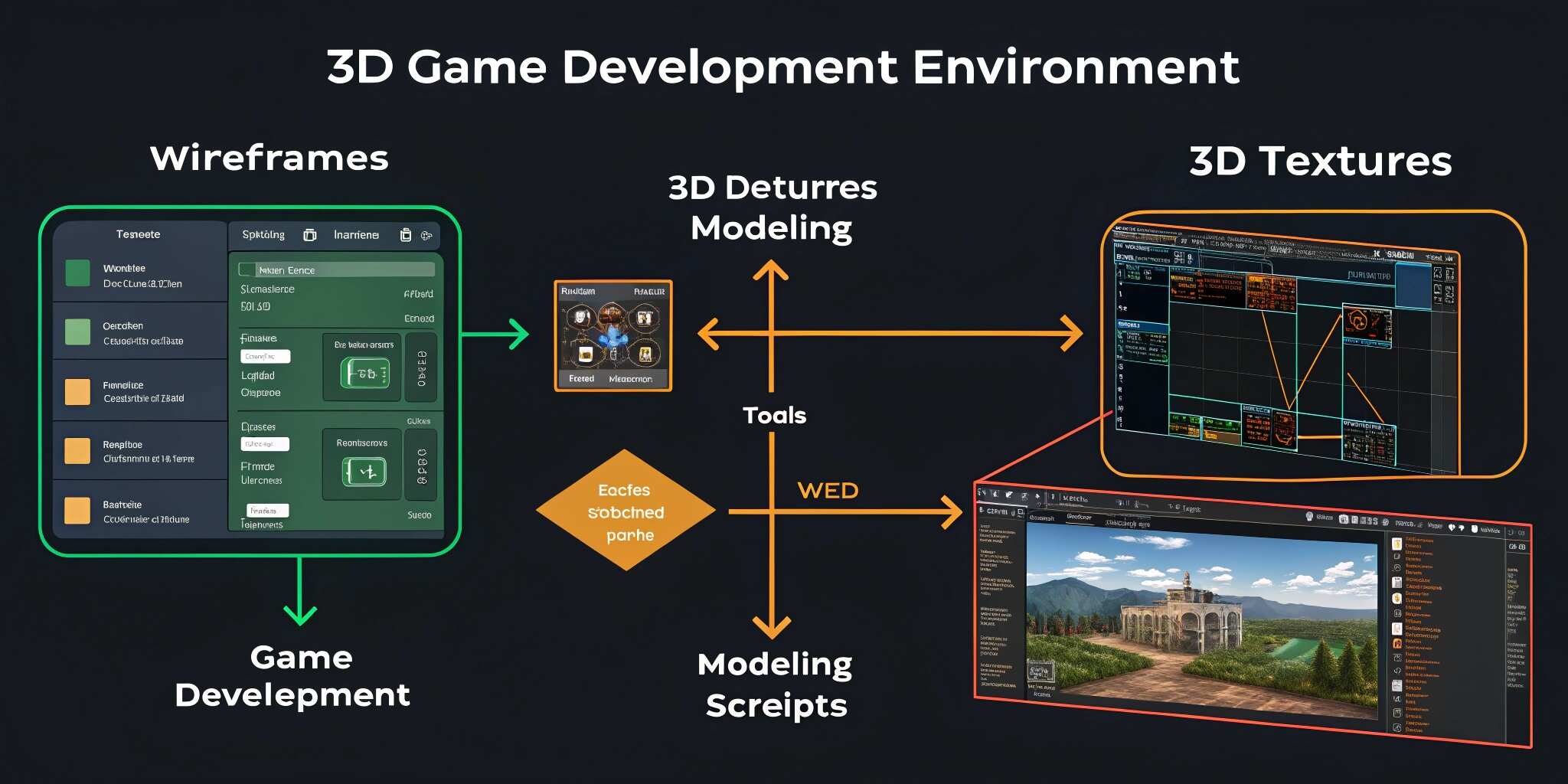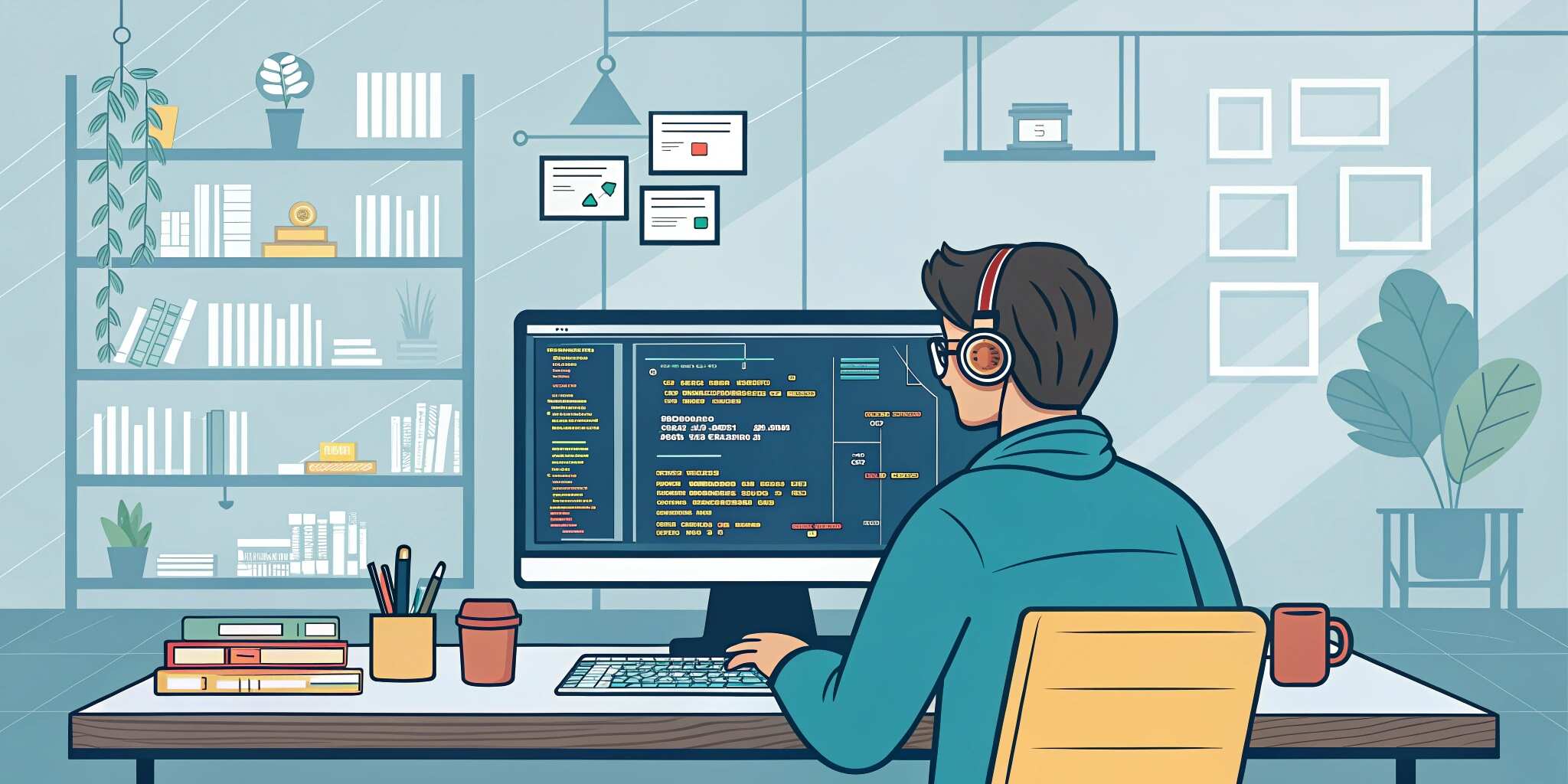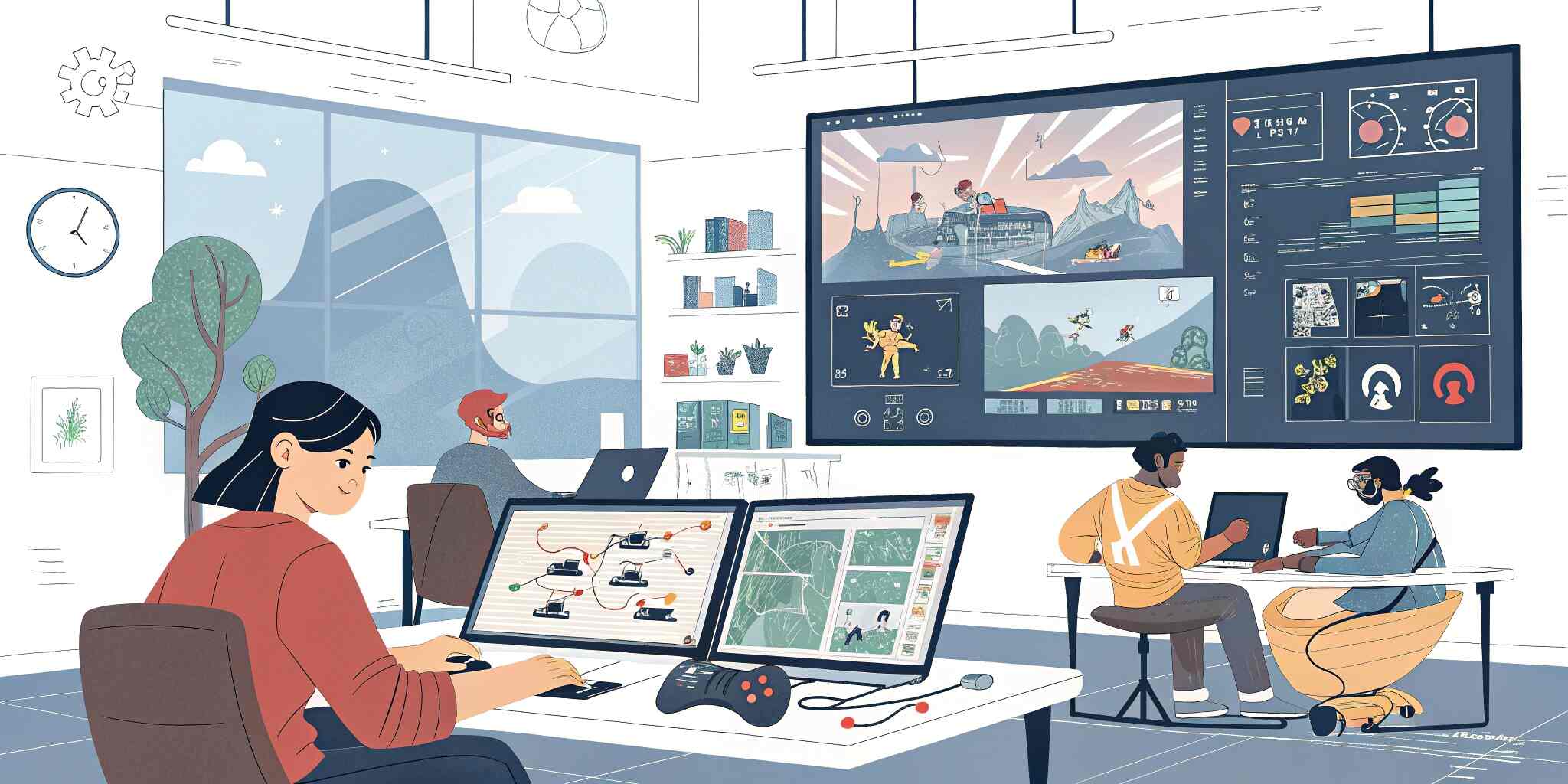Game development is a creative and technical process that transforms an idea into an interactive digital experience. Whether it’s a simple 2D mobile game or a AAA console title, the development process follows a structured pipeline that ensures each phase is executed efficiently.
1. Pre-Production: Laying the Groundwork
This is the foundation of the entire project and includes:
- Concept Development: Brainstorming game ideas, genres, target audiences, and platform decisions.
- Game Design Document (GDD): A blueprint that outlines gameplay mechanics, story, characters, art style, and sound.
- Prototyping: Creating small, playable versions of core mechanics to test feasibility.
- Team Assembly & Planning: Identifying roles like game designers, artists, programmers, and sound engineers, and setting deadlines.
2. Production: Building the Game
This is where the bulk of the development occurs.
- Programming: Developers write the game logic, mechanics, and system interactions using engines like Unity or Unreal Engine.
- Art & Animation: Artists create character models, environments, textures, and animations.
- Sound Design: Voiceovers, background music, and sound effects are produced and integrated.
- Level Design: Designers create playable areas, missions, or puzzles.
- UI/UX Design: Interfaces for menus, settings, and HUDs are developed with usability in mind.
- Milestone Development: The project is typically broken into milestones like alpha, beta, and final release.
3. Post-Production: Polish and Launch
Once the game is feature-complete, it enters the final stage:
- Testing & QA: Rigorous testing to find and fix bugs, optimize performance, and improve player experience.
- Marketing & Promotion: Trailers, demos, and community engagement campaigns to build hype.
- Launch: Publishing on chosen platforms (Steam, App Store, PlayStation, etc.).
- Post-Launch Support: Updates, patches, and downloadable content (DLC) to maintain engagement.
Game Development is Iterative
It’s important to note that game development is rarely linear. Teams often loop back to previous stages as new challenges or ideas emerge.
Conclusion
Understanding the game development pipeline helps you appreciate the collaborative effort behind every game. Whether you're an aspiring developer or a curious gamer, knowing the stages from concept to launch offers a deeper insight into how digital worlds come to life.


